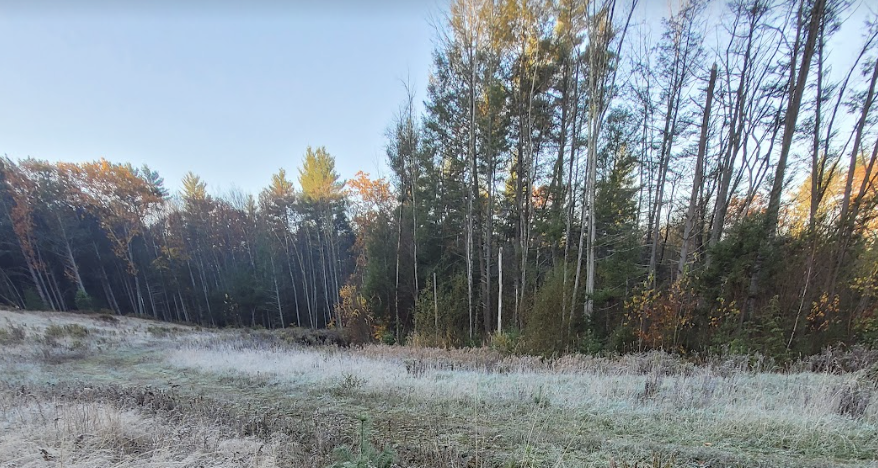The softening of the outdoors
The brutality of the outdoors can often reveal the steadfast will of the human spirit
November 3, 2022
Social media, especially apps like Tik Tok, have been influencing consumers for years now, and it seems that trend has carried over into the hunting equipment market. Skits claiming the superiority of expensive, synthetic camouflage jackets and posts comparing the type of gun you hunt with to the size of the deer you’ll get litter the internet. Of course, these posts are all in good fun, but maybe the softening of our coats foretells the softening of the human spirit.
Then, I was reminded that our grandparents, and the many generations before them, hunted many a game animal wearing blue jeans and a plaid wool coat. They were able to complete a variety of tasks with a plain wood-handled folding pocket knife, and I dare say humanity has spent a much longer time preparing meat with flakes of stone than metal blades. Their weapons of choice were whatever happened to be available to them at the time. Sure, the nobility of Europe commissioned bespoke hunting rifles for their colonial safaris, but the vast majority of hunting was done by perfectly average people carrying perfectly average arms.
That’s not to say modern comforts are pointless when it comes to outdoor pursuits. A warm waterproof jacket or comfortable boots are always welcome commodities in the woods, especially with the temperamental New England weather we’re used to in autumn. Comforts and luxuries are, by nature, not essential items; they are merely meant to make a task which we are perfectly capable of doing slightly easier. So, if you wear the warmest jacket or load your gun with the newest, most hyped-up ammunition money can buy, don’t take my argument as an insult. You should consider yourself lucky that you have the means to procure such luxuries, but they are luxuries nonetheless.
For longer than human memory can recall, we have hunted with little more than pointy rocks lashed to sticks, and worn whatever we could make and mend with our own two hands. In some rural communities, traces of this tradition still exist. For instance, some hunters in Maine are gifted a black and green plaid shirt when they harvest their first Maine buck, which they then wear every time they’re in the woods for the rest of their lives. Holes are patched, tears are sewn, and the green threads fade to a sort of muddy gray color, yet these hunters cherish their flannel shirts as though they were a fine tailored suit.
These traditions, and their admirably primitive roots, are being surpassed, however, with the annual release of the latest and greatest technologies in outdoor equipment. At the start of every hunting season, hunters flock to the nearest Bass Pro or Cabela’s to stock up on the newest camouflage trends or the fanciest rifles with the most built-in gadgets. Then, when the season is over, I find new hunting rifles and shotguns lining the shelves of used gun stores, as people empty their stockpiles to make room for next year’s flashy trends.
I believe these behaviors are heavily influenced, as all consumerism is, by the aforementioned social media trends. On these social platforms, hunters are no longer praised for their prowess in the field, but for the price of their gear.
I believe such a consumer driven outlook on the outdoors is damaging not only to the tradition of hunting, but to the human spirit. I certainly don’t advise putting yourself at risk of hypothermia, but maybe we are supposed to be a little bit uncomfortable once in a while. I find that there is nothing quite like a cold, bone-chilling rain or sore legs after a long hike to clear my mind and remind me just how good we have it these days.



